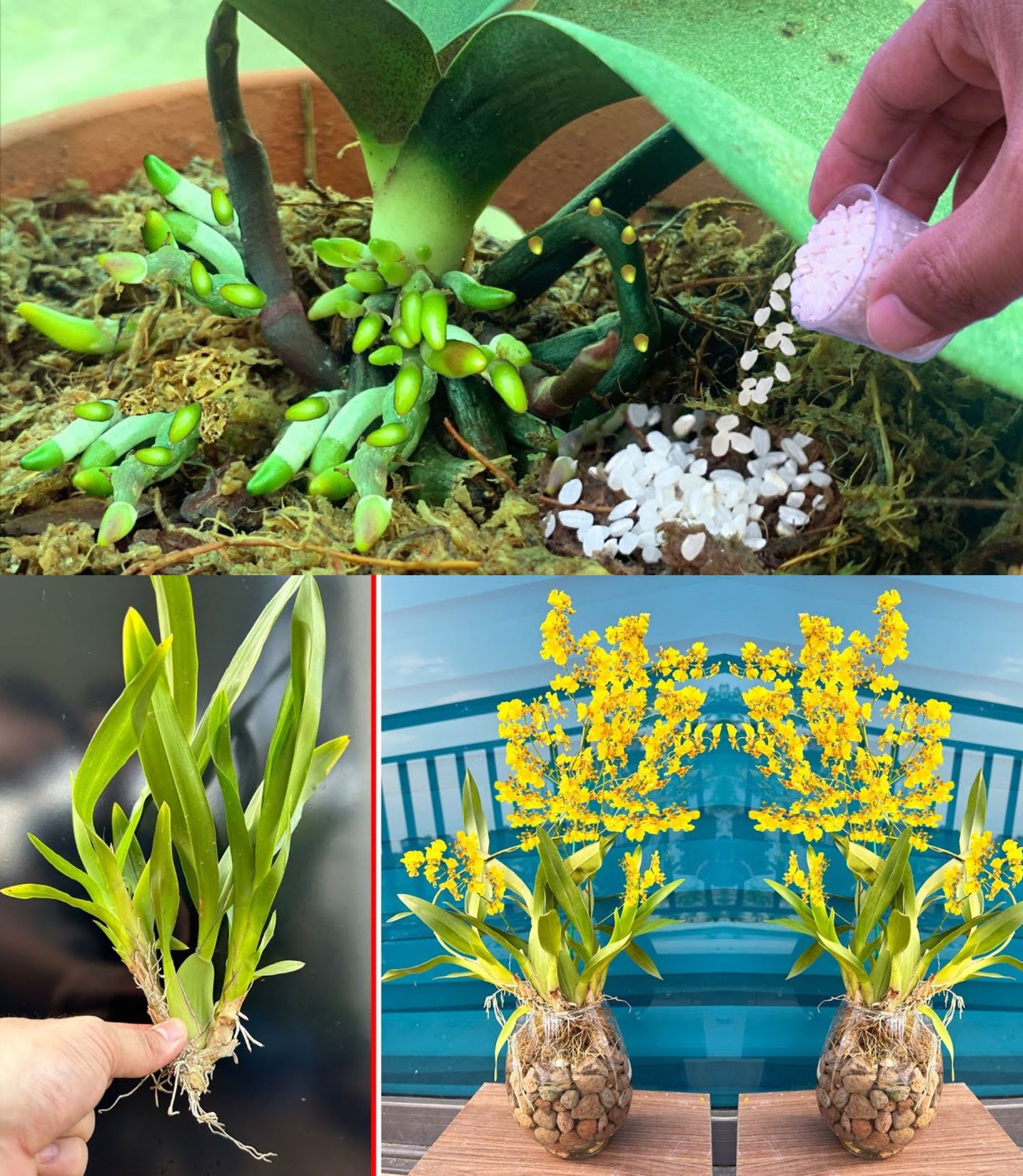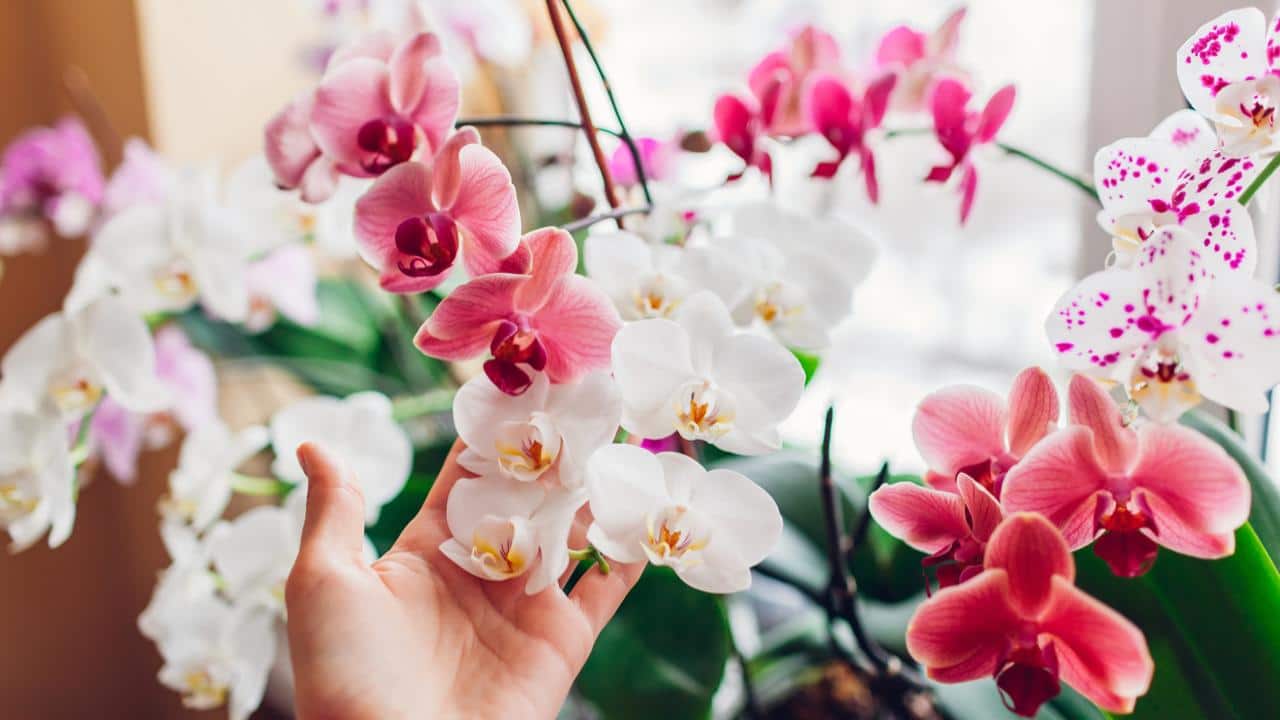

Orchid Care: A Guide to Prolonged Blooms
The orchid, a captivating and intricate flower, unveils its enduring beauty when tended to with a few simple guidelines. These remarkable flowers, originating from equatorial climates, have gracefully adapted to various temperatures, adorning our homes with a spectrum of colors, ranging from intense hues to softer shades. Belonging to the Orchidaceae family, orchids boast numerous species, some meticulously cultivated and others flourishing spontaneously in nature.
Primarily epiphytic plants, orchids showcase aerial roots, allowing them to thrive on tree trunks or rocks, extracting essential water and nutrients from decomposing organisms. However, the most prevalent orchid species in our homes are those with roots to be buried.

Whether we’ve acquired an orchid or received it as a gift, understanding its care is crucial to prevent premature wilting and demise. Orchids, though not challenging to care for, require certain precautions to flourish over time.
1. Optimal Environment for Orchids: Before delving into care specifics, it’s imperative to acknowledge that orchids thrive in bright and humid conditions, owing to their tropical origins. However, they aren’t planted directly in open ground but find their place within our home walls. An ideal location for orchids is an area facing south or east, ensuring abundant but indirect sunlight. Insufficient light ranks high among the primary reasons for orchid withering. Maintain temperatures between 23 – 24°C as a maximum and 16 – 17°C as a minimum for optimal growth.
2. Humidity and Orchid Placement: Regulating humidity is key to preserving the orchid’s vitality. Excessive humidity can damage flowers, while insufficient moisture can lead to wrinkled leaves and yellowing. Aim for around 70% humidity, making bathrooms or kitchens ideal locations. Enhance humidity by placing a saucer filled with expanded clay or gravel beneath the orchid. Adding a bit of water, which evaporates over time, ensures the right moisture levels for the roots. An alternative is to lightly spray the plant with demineralized or rainwater in the morning. Limit irrigations to when the soil is dry, providing water once a week in winter and 2-3 times in summer. Always water in the morning, mindful of preventing stagnation, which could lead to root rot.
By embracing these straightforward guidelines, you can witness your orchid flourishing, gracing your living space with its exquisite blooms for years to come.